Satellite imagery reveals new Gaza corridor, raises concerns over Israeli army presence
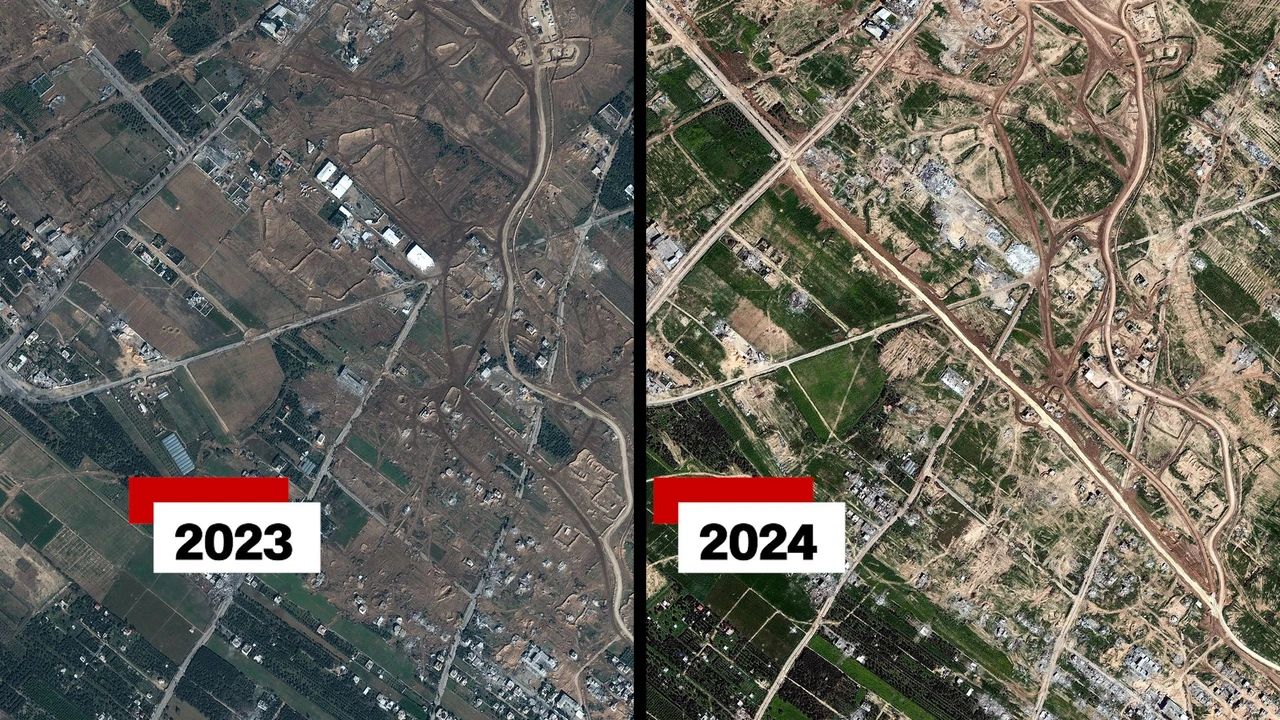 Israeli-built road cuts across Gaza Strip (Photo via CNN)
Israeli-built road cuts across Gaza Strip (Photo via CNN)
Satellite imagery gathered in recent months has mapped the creation of a new corridor in northern Gaza, which is nearly a kilometer wide in certain areas.
This development has led to growing concerns that Israel may be establishing infrastructure for a prolonged military presence in the Gaza Strip.
IDF bulldozes land, raising concerns over Gazan displacement
The Israel Defense Forces (IDF) have bulldozed farmland, orchards and buildings to create this corridor, which stretches from Gaza’s border with Israel to the outskirts of Beit Hanoun. The action has restricted Gazans’ home access, many of which have been demolished.
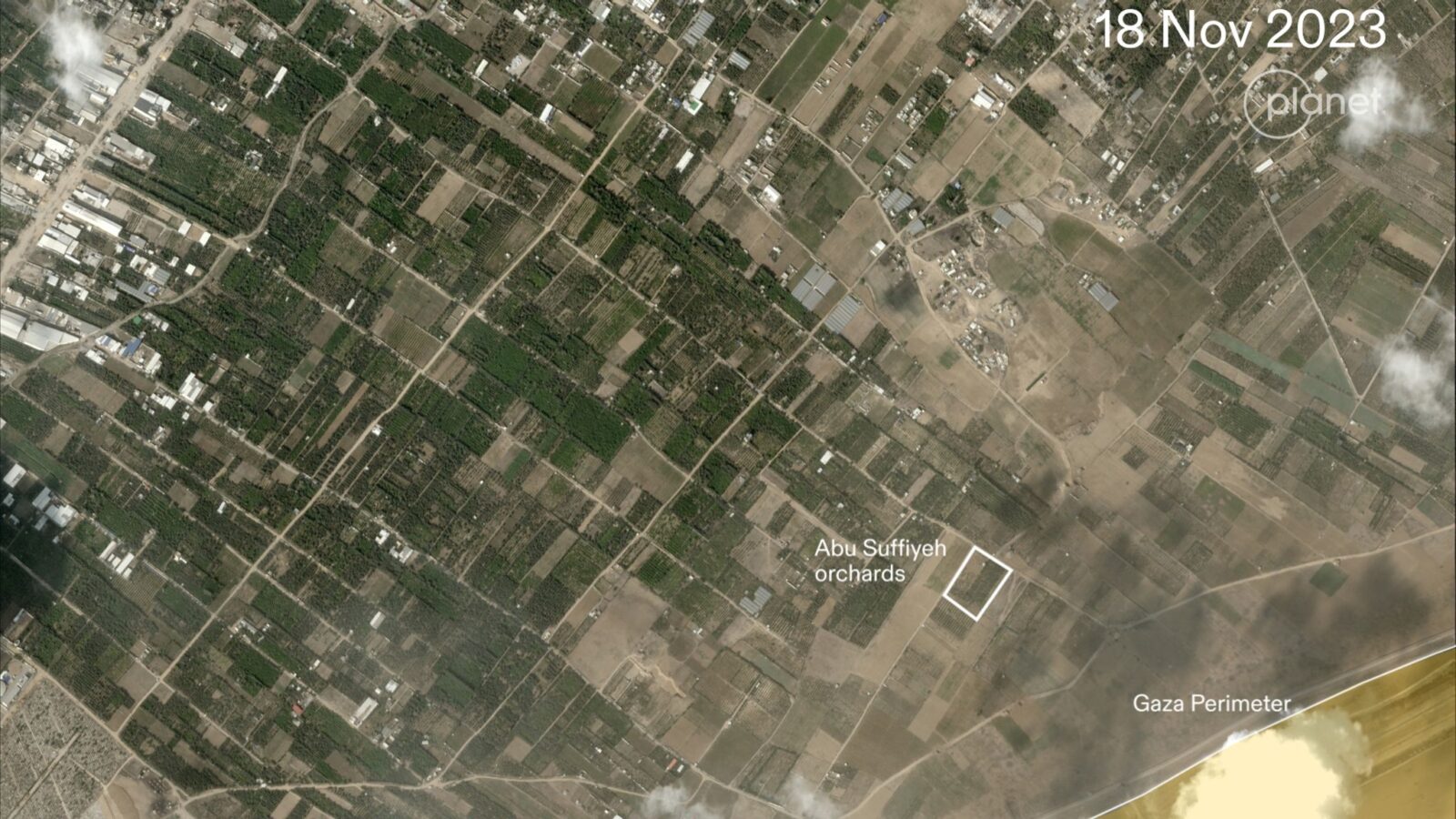
Analysts from Forensic Architecture, speaking to the Sky News, who compiled these findings, believe this corridor is part of a broader strategy. “This is alarming because, in the history of Israel’s occupation, corridors were used to fragment Palestinian territories, particularly in the West Bank,” said Samaneh Moafi, a forensic analyst.
“Corridors are actually well-honed colonial techniques of fragmentation and separation. And lastly, what these corridors are doing is preventing access, preventing return (of residents),” Moafi added.

Israel maintains control over key Gaza corridors
Israel currently controls two significant corridors in Gaza: the Netzarim Passage, which bisects the Strip from east to west, effectively separating northern Gaza from the south, and the Philadelphi Corridor, occupied by Israeli forces since May. The Philadelphi Corridor runs along the southern Gaza border with Egypt to the Mediterranean Sea.
Former Israeli intelligence officer Avi Melamed explained, “The military strategy here is to prevent Hamas from re-arming itself and rebuilding its military power. In that regard, particularly the Philadelphi pass and the Rafah crossing are the most significant elements.”
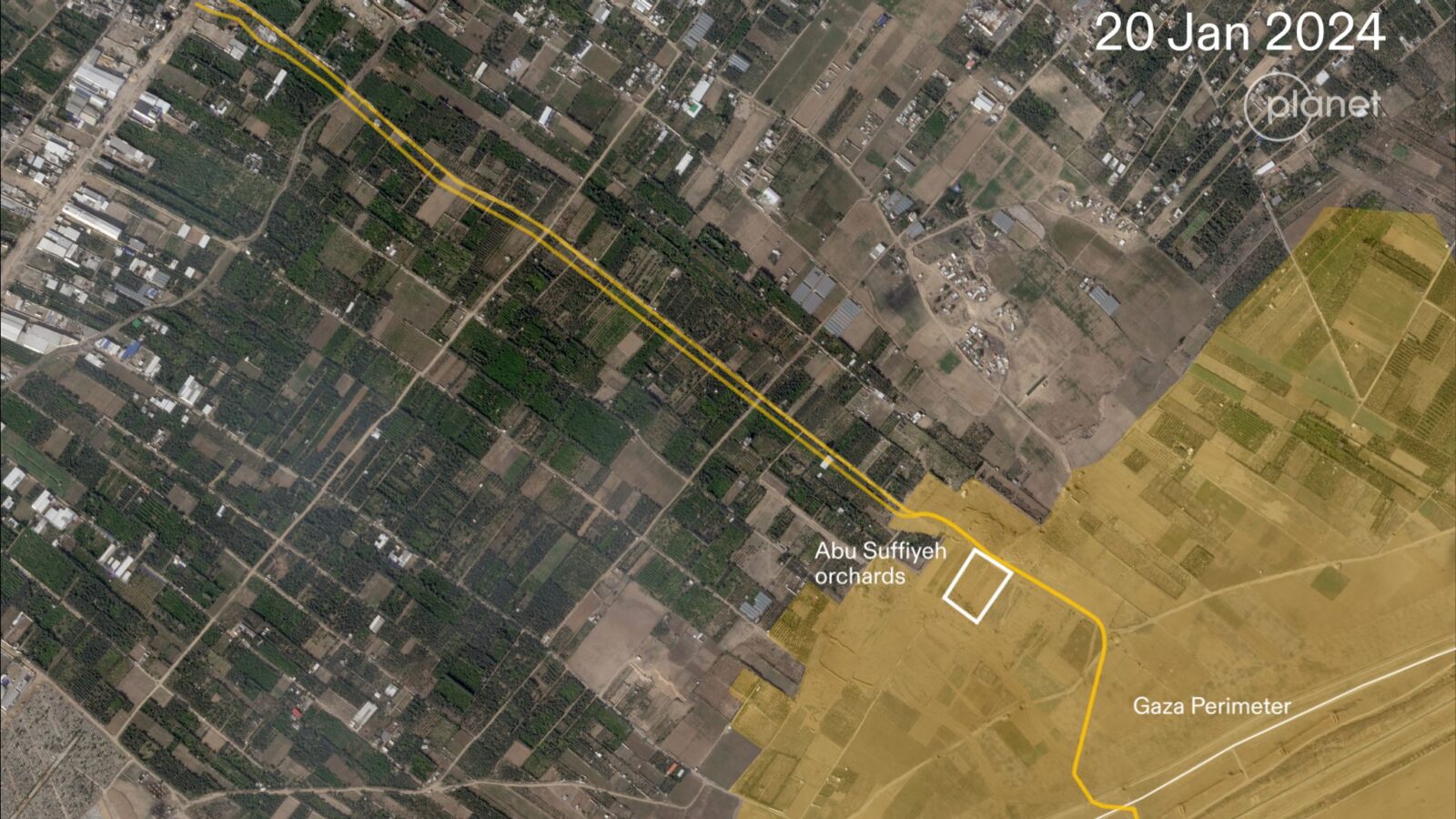
Ongoing military presence stalls cease-fire negotiations
The ongoing presence of the IDF in these areas remains a significant obstacle to reaching a cease-fire agreement. Former IDF Colonel Miri Eisin assessed, “What Hamas has been able to do is move their terror troops from the north to the south to the different neighborhoods, and if you don’t sever the north from the south, then you cannot systematically dismantle the subterranean arena.”
On Thursday, the Israeli Security Cabinet voted to keep IDF troops in the Philadelphi Corridor, despite some security officials advising a partial withdrawal.
Security experts speculate Israel could maintain a military presence in Gaza for an extended period, possibly months or even years, using these positions as staging posts for counter-insurgency operations similar to those in the West Bank.
Israeli Defense Minister Yoav Gallant calls for the security cabinet to convene and walk back its recent decision that an Israeli military presence along the Philadelphi Corridor, the Gaza-Egypt border, must be maintained as part of any potential ceasefire and hostage release deal.
“The security cabinet must convene immediately and reverse the decision made on Thursday,” Gallant said on X.
“It is too late for the hostages who were murdered in cold blood. The hostages who remain in Hamas captivity must be returned home,” he said.
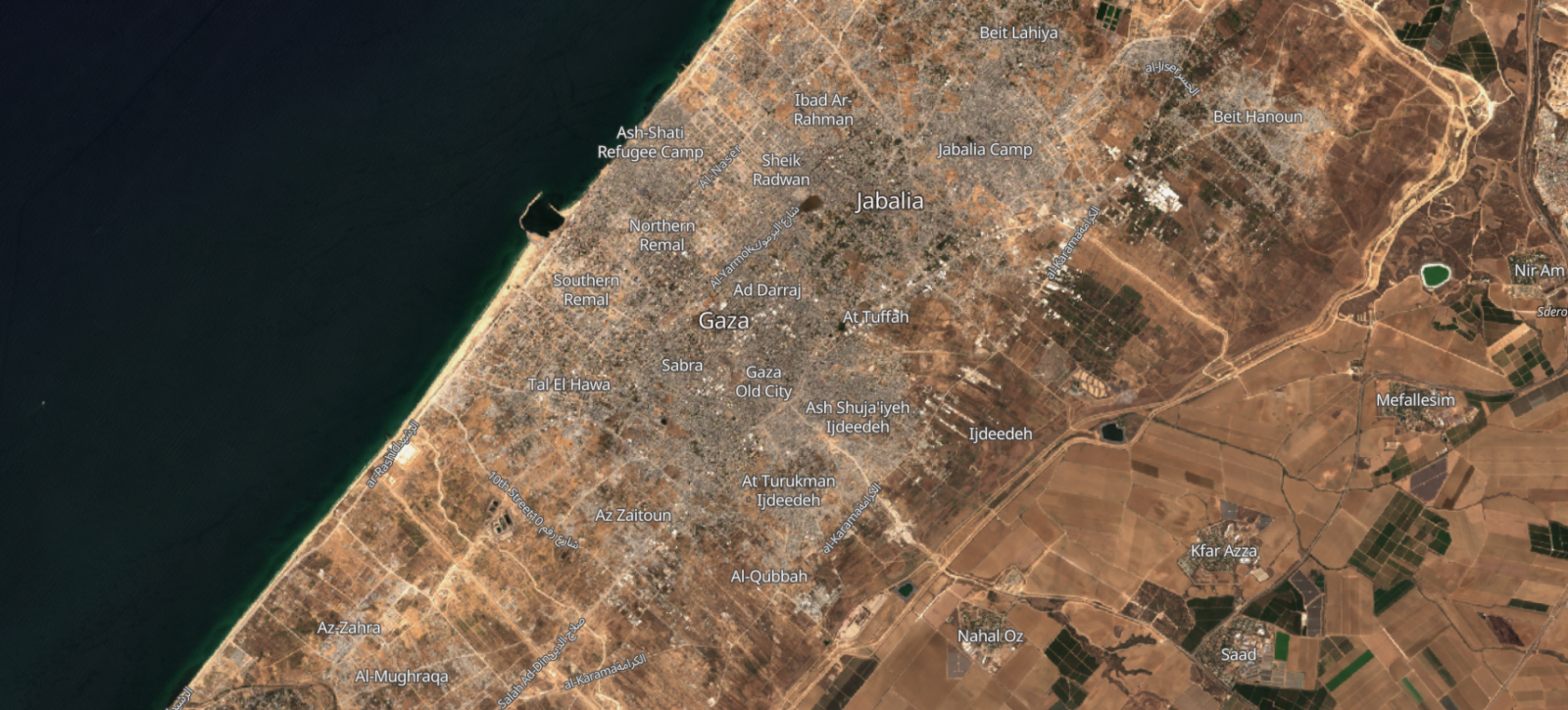
Philadelphi Corridor
The Philadelphi Corridor is a narrow demilitarized buffer zone, 14 kilometers long and 100 meters wide, stretching along the entire border between Egypt and the Gaza Strip, from the Mediterranean Sea to the Kerem Shalom crossing, where the borders of Gaza, Egypt and Israel meet.
The corridor was established because of the 1979 peace treaty between Egypt and Israel, and provision was initially made for Israel to deploy limited armed forces there, such as infantry battalions, military installations and field fortifications, but without tanks, artillery or anti-aircraft missiles, except some surface-to-air missiles.
U.N. observers were also planned to be present to ensure monitoring of the area.
In 2005, with the Israeli disengagement plan from Gaza, Israel withdrew its troops from the Philadelphi corridor.
A new agreement was then signed between Egypt and Israel, known as the Philadelphi Agreement, which allowed Egypt to deploy 750 border guards tasked with patrolling the area for counterterrorism and security purposes, but without military purposes.

Gaza cease-fire negotiations have stalled
Cease-fire negotiations in Cairo and Doha have stalled, focusing on smaller details while Israeli control over the Philadelphi and Netzarim corridors remains unresolved.
Washington and other international parties have pressured Israel to present a “day-after” plan for Gaza’s future, determining governance and reconstruction funding. However, no comprehensive or agreeable plan has emerged, raising concerns that the conflict could continue indefinitely.
Israel’s debate over Gaza negotiations
Israeli Prime Minister Benjamin Netanyahu‘s refusal to accept a deal that could have led to the release of hostages from Hamas custody has ignited intense debate across Israel.
The deal, supported by Israeli Defense Minister Yoav Gallant, Mossad Director David Barnea, and the IDF high command, proposed a full withdrawal from the Philadelphi Corridor and the Netzarim North-South Gaza Corridor in exchange for the release of hostages.
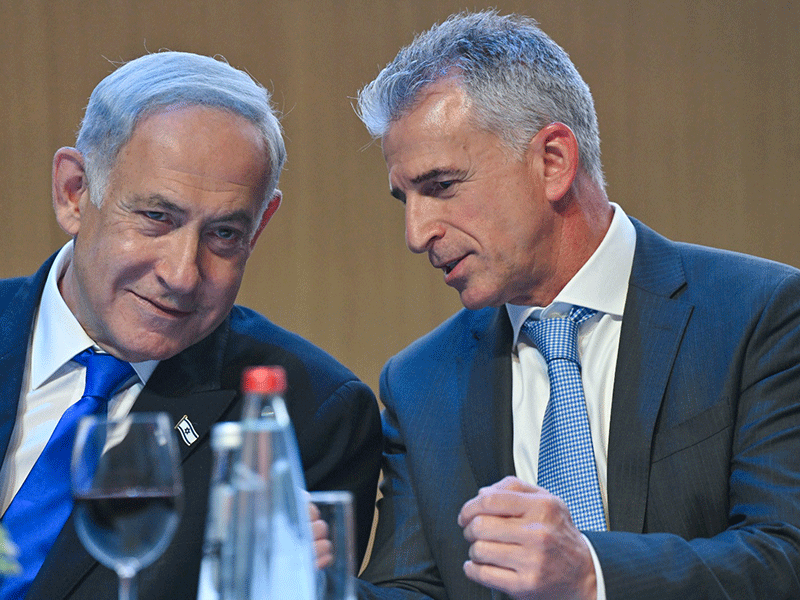
According to Gallant, Barnea, and the IDF, Hamas might have been willing to release between 18 to 30 hostages as part of a phased agreement.
Under the proposed deal, Israel would withdraw from key Gaza corridors, with the possibility of the IDF returning to any vacated areas after around 45 days if needed.



